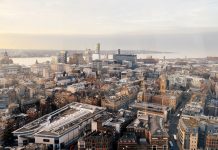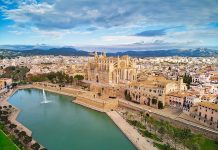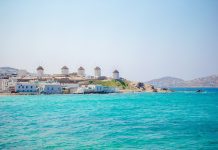Today we travel to South America and more specifically in the magical Easter Island, an island with remains of an ancient civilization and a troubled past. The island is located about 3,700 km from the coast of Chile and it is the most isolated inhabited island in the world. The Rapa Nui as the locals call it, is perhaps the perfect place in the world to discover the Polynesian culture of its inhabitants and the strange practice of making statues of religious importance.
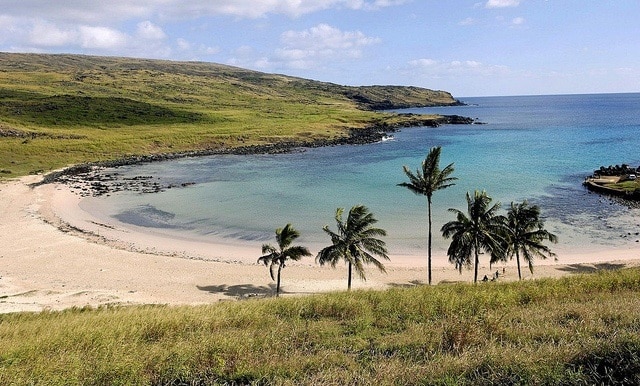
The people of Rapa Nui was blocked from the outside world for centuries. So they began to develop their own, unique culture and especially the huge figures that dominate the landscape. Some are still in good condition, while others have been damaged by weather or acts of violence occurring in the remote island.
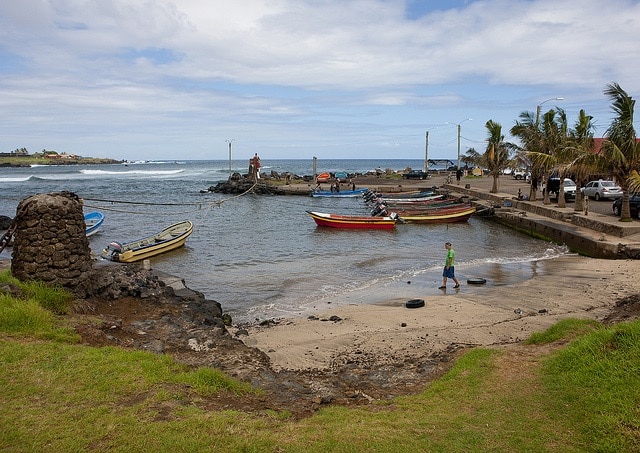
In fact, behind the scrapping of the Rapa Nui culture lies a tragic story and there are still many questions about the structure and symbolism of the statues. Why do they have European features and why none of them face the sea? These and other questions are left unanswered and only assumptions can be made.
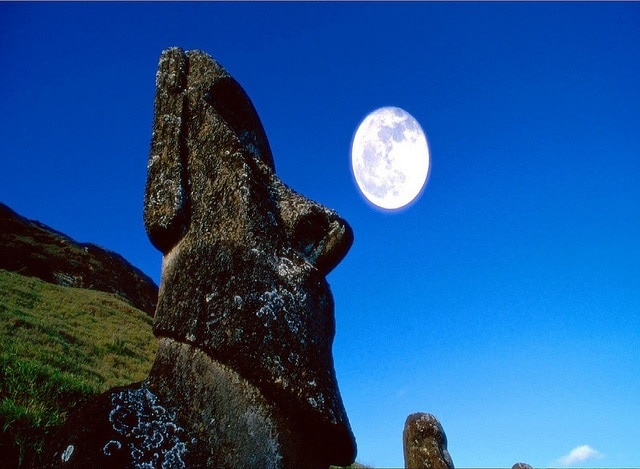
The first Europeans arrived in the tiny Dutch island was under the command of Admiral Jacob Roggeveen, who arrived on Easter Sunday in 1722 and, quite predictably, named the new earth Easter Island. Guests can visit several places on the island. In Rano Rarakos are 70 statues and over 100 are on the outskirts.
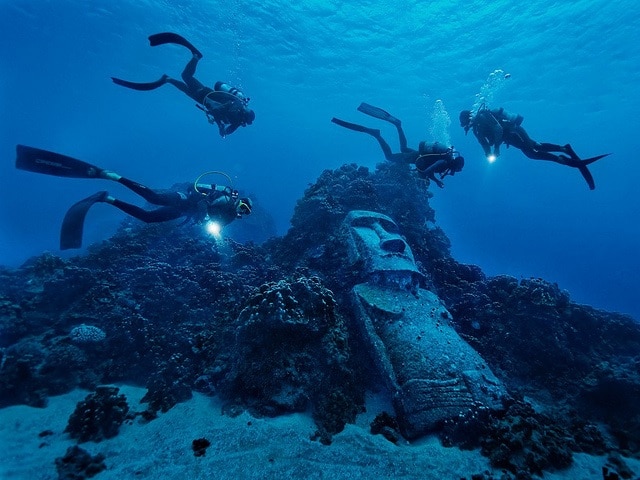
In the nearby village Orongko will see statues head with a mysterious bird. It is not clear what it depicts, although some claim that these statues are an indication of a forgotten religion separate.
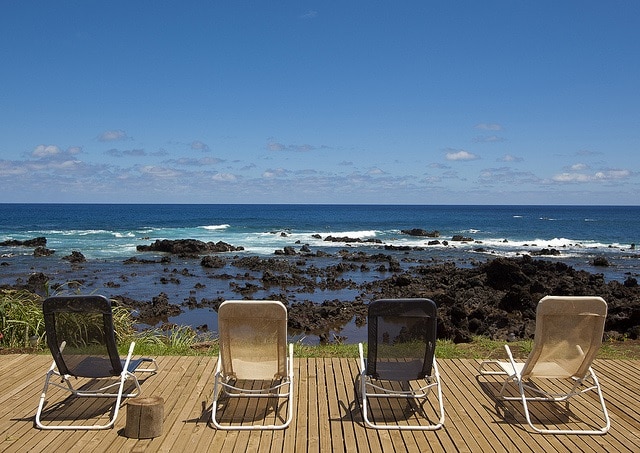
The atmosphere of mystery that lingers on Easter Island, in combination with unique landscapes, will guarantee a stay you will never forget. The remote island has a distinct beauty.
View more here: Holidays on the islands of eternal spring, The Cook Islands | A turquoise paradise.
By Nicole P.
Easter island photos: David Adams, Eric Lafforgue, Jon Cooper.



